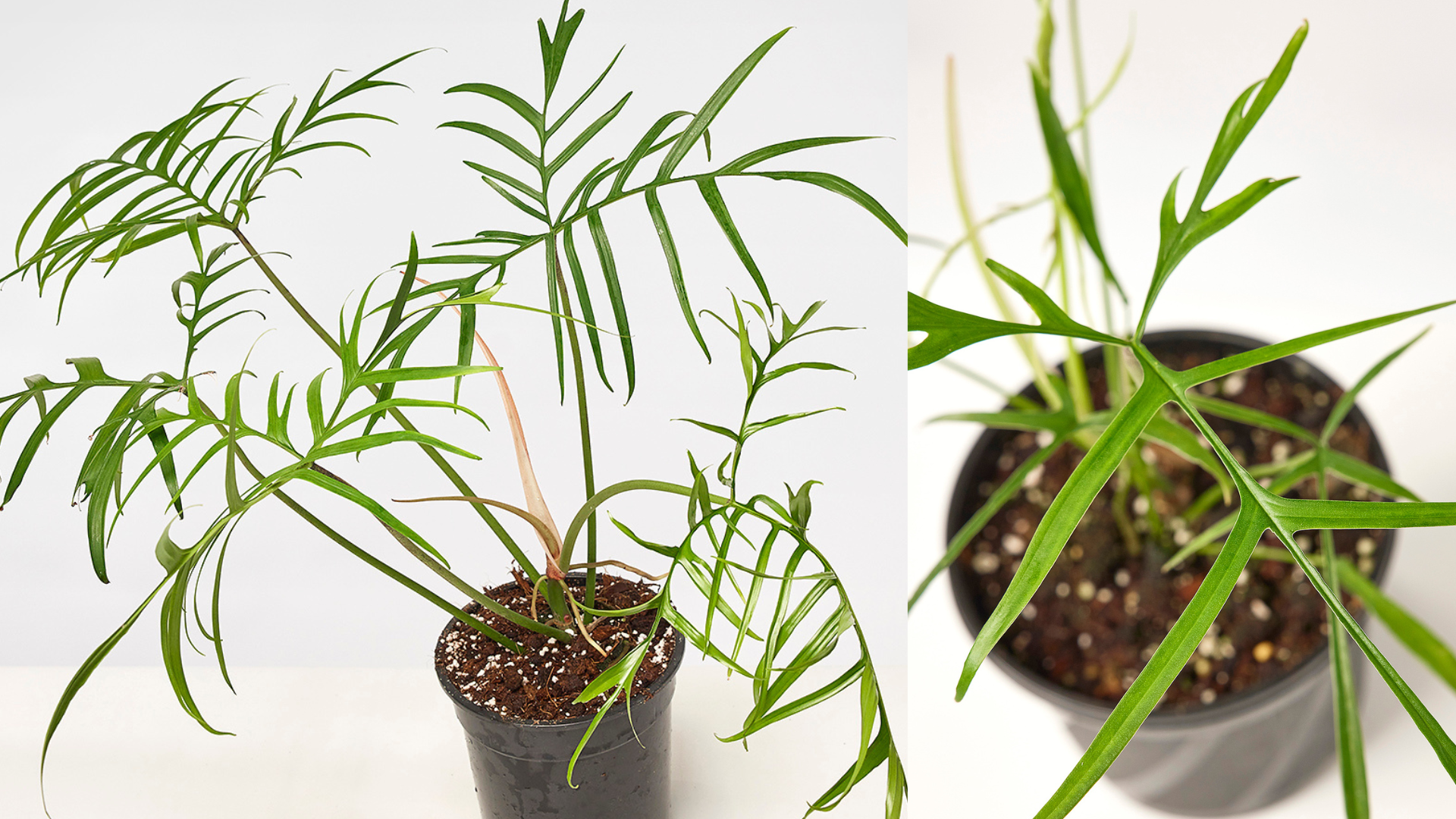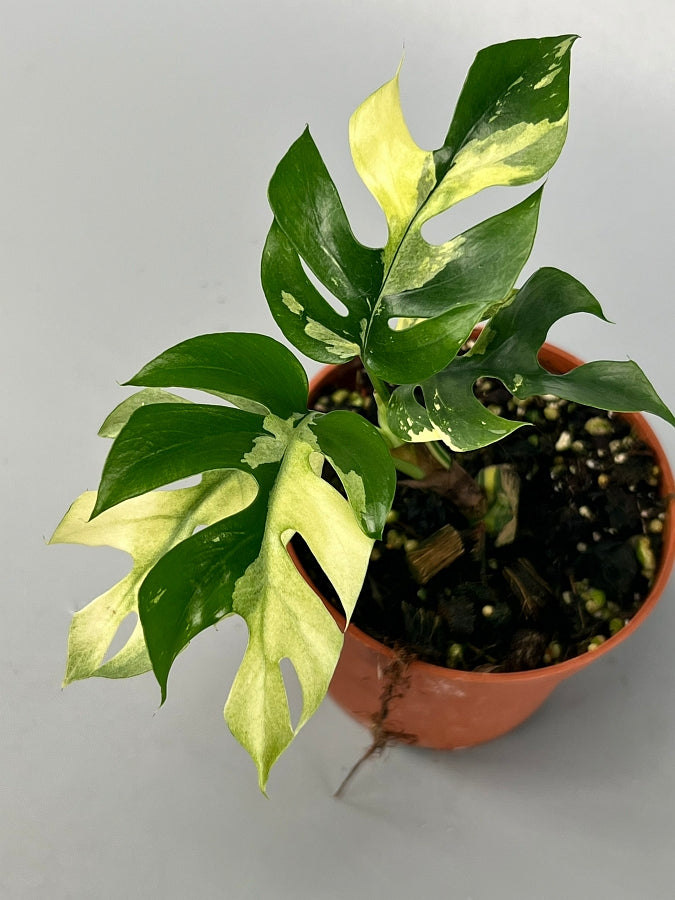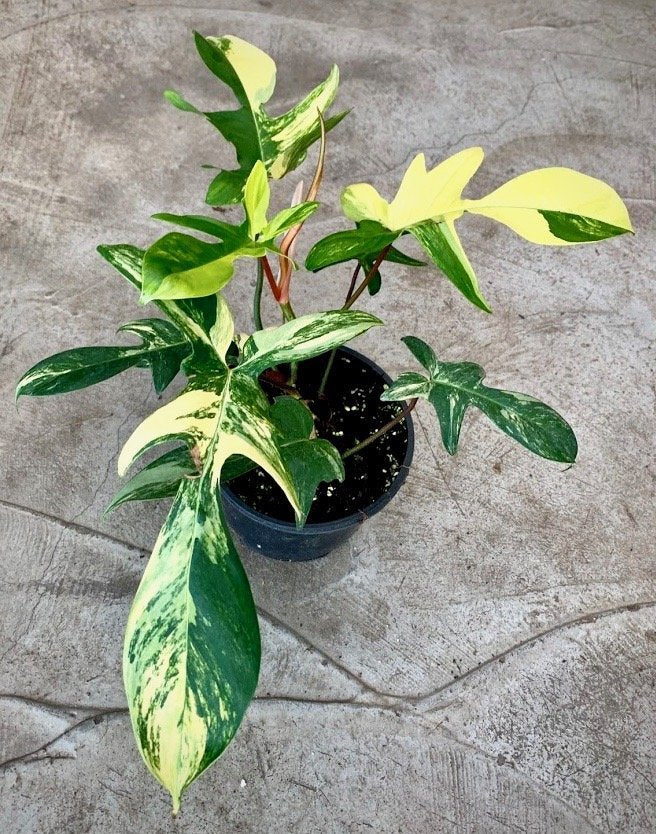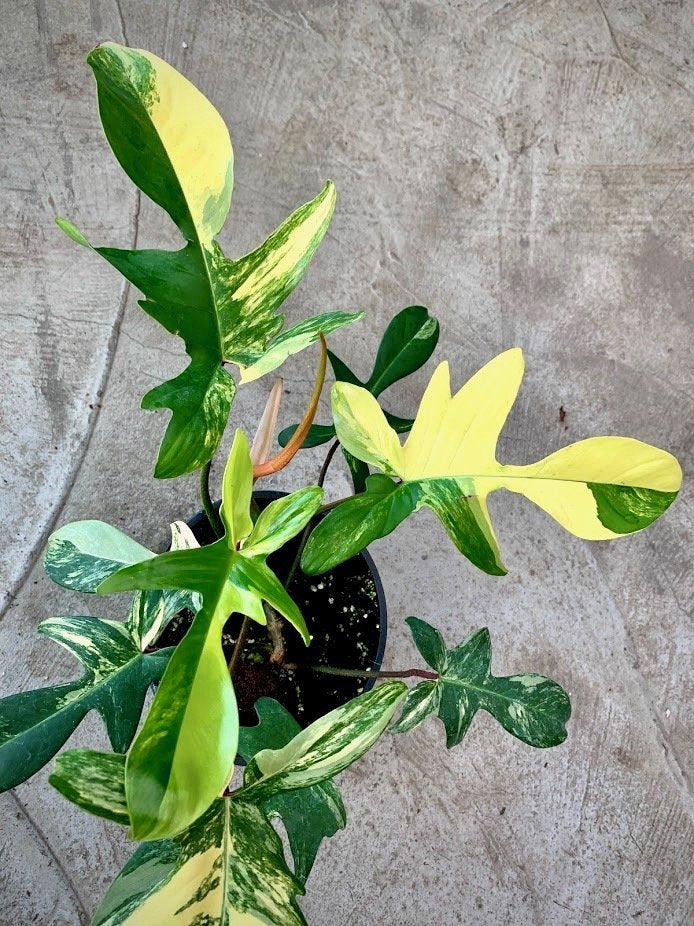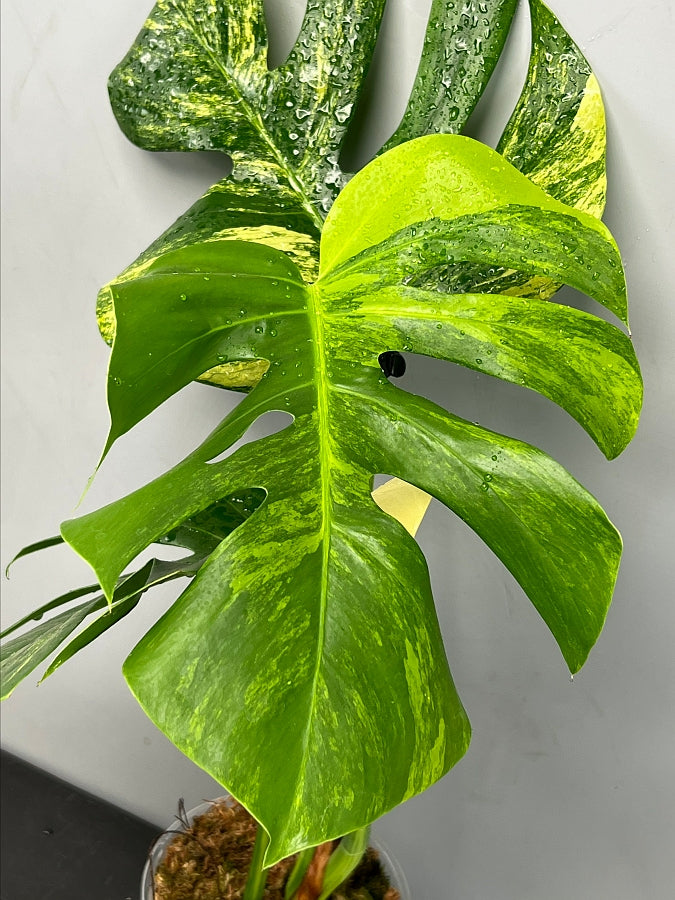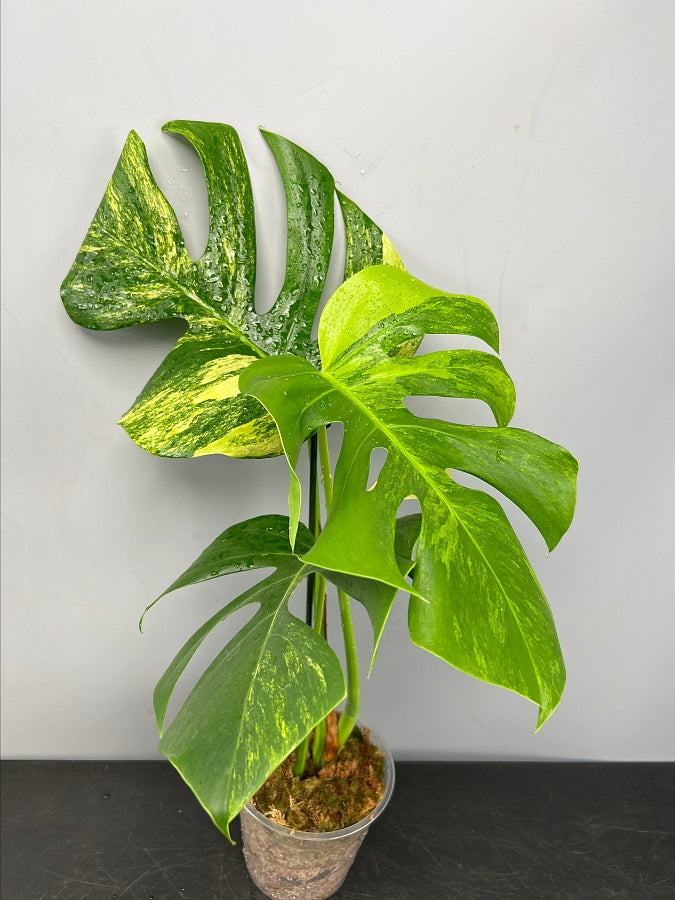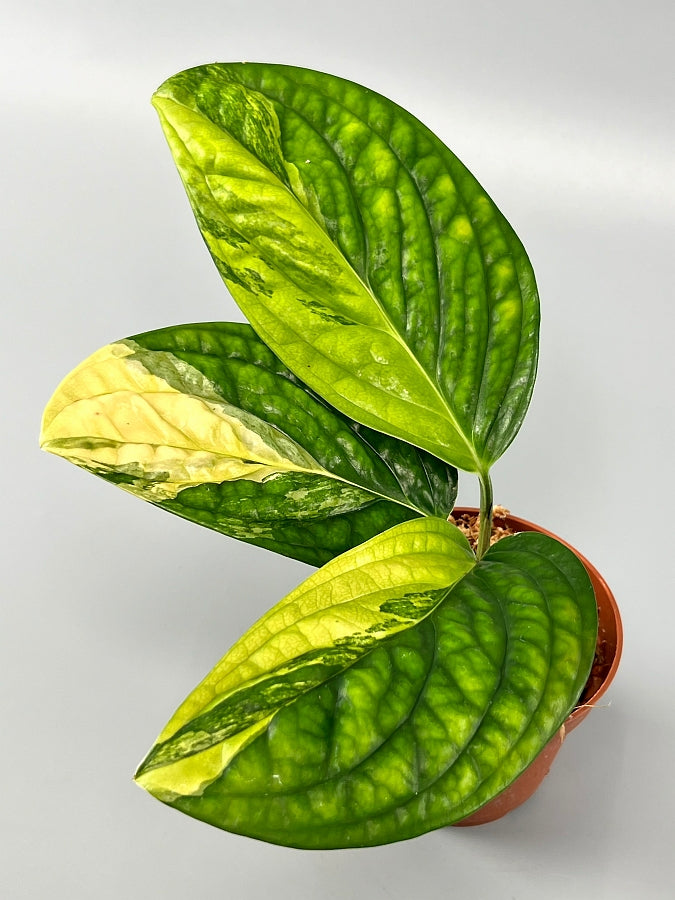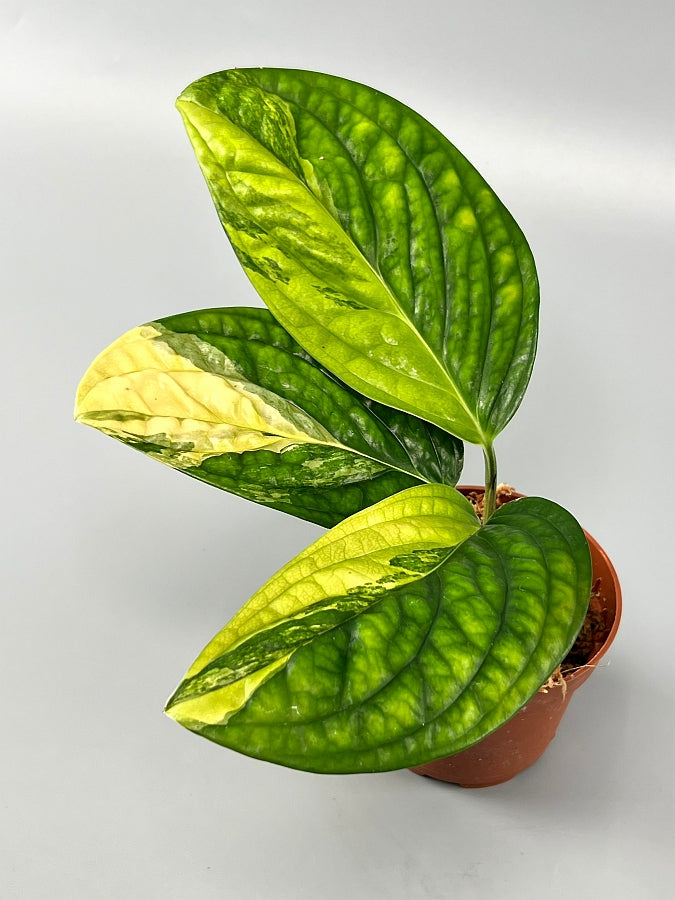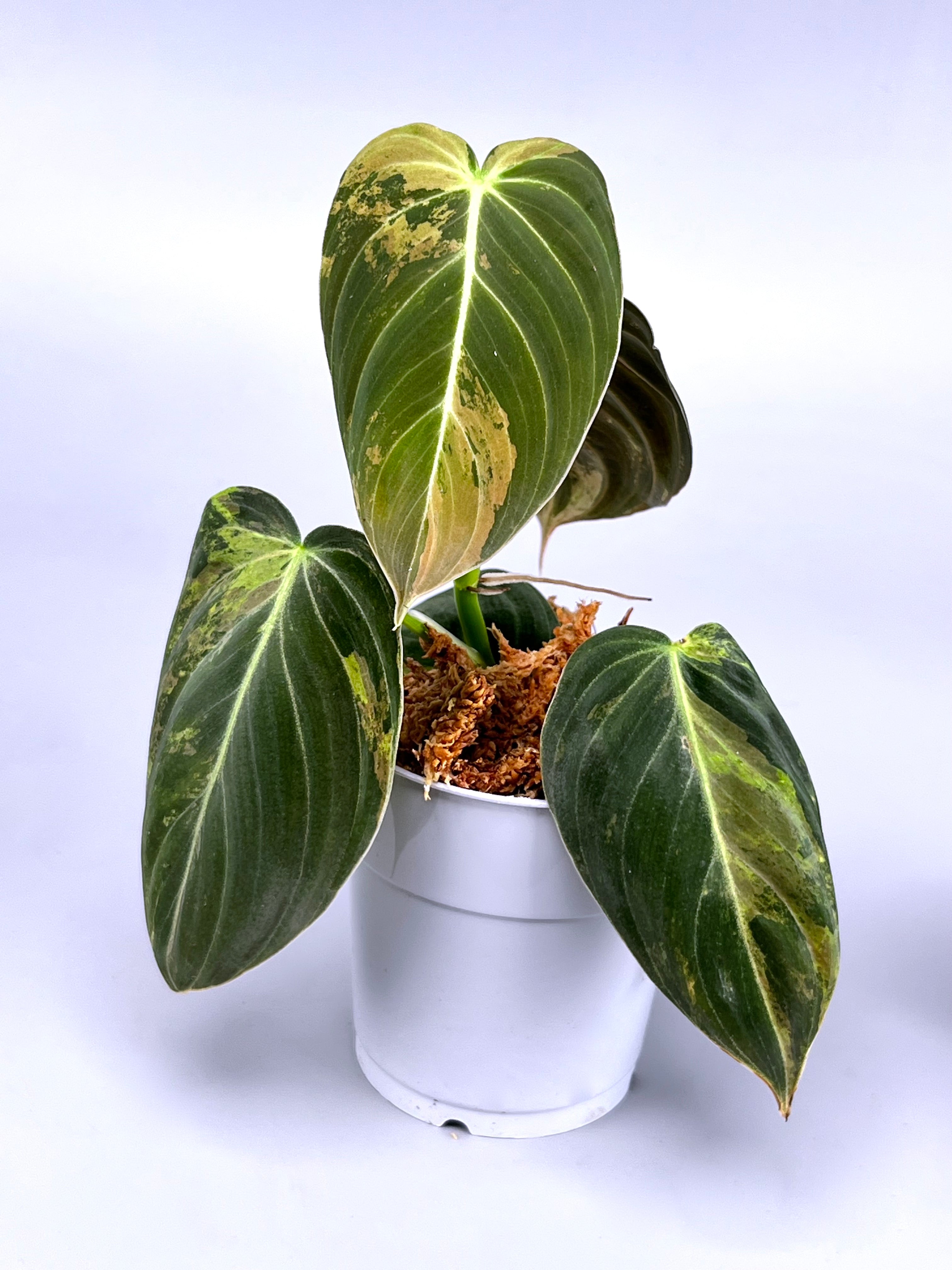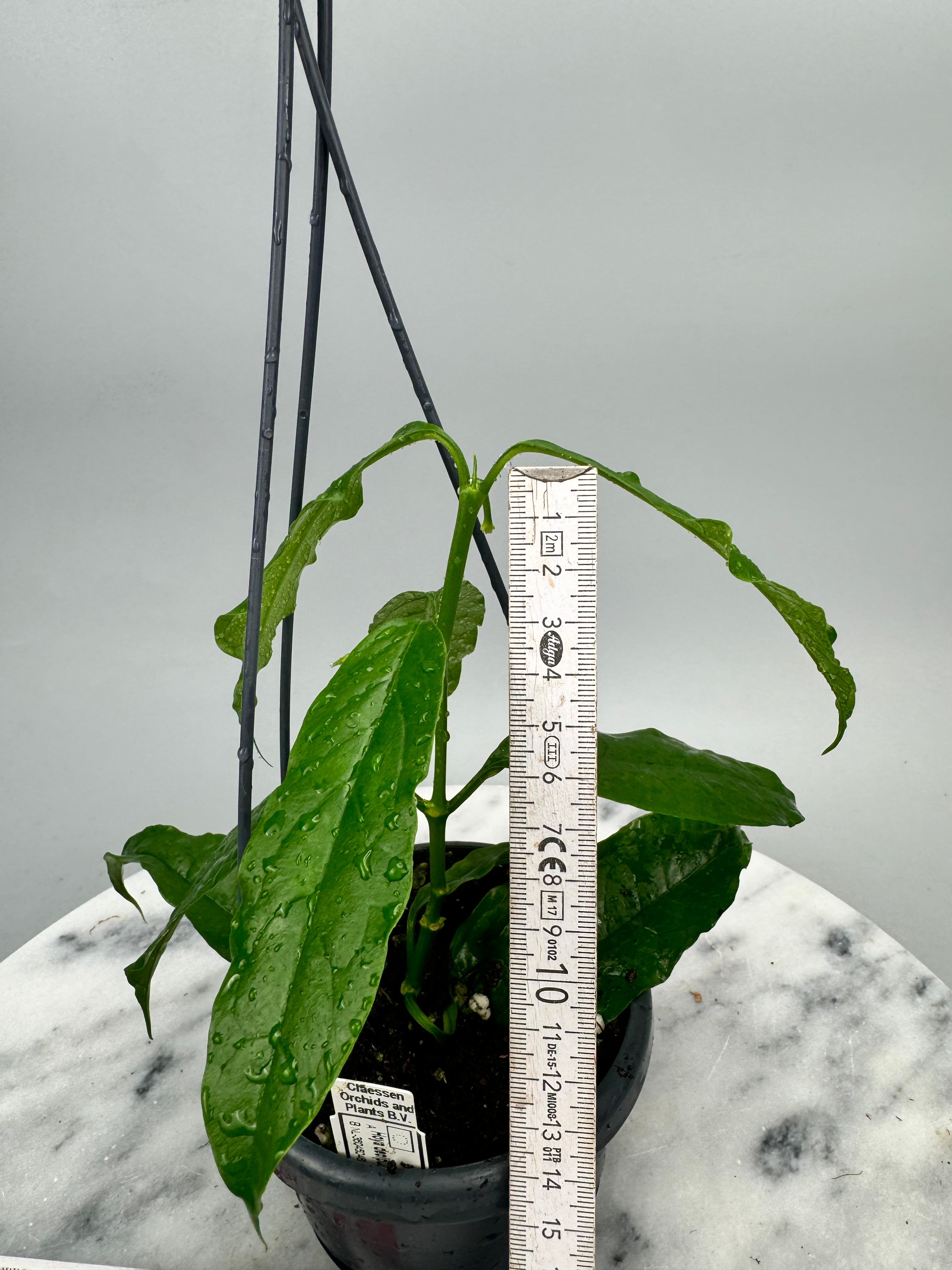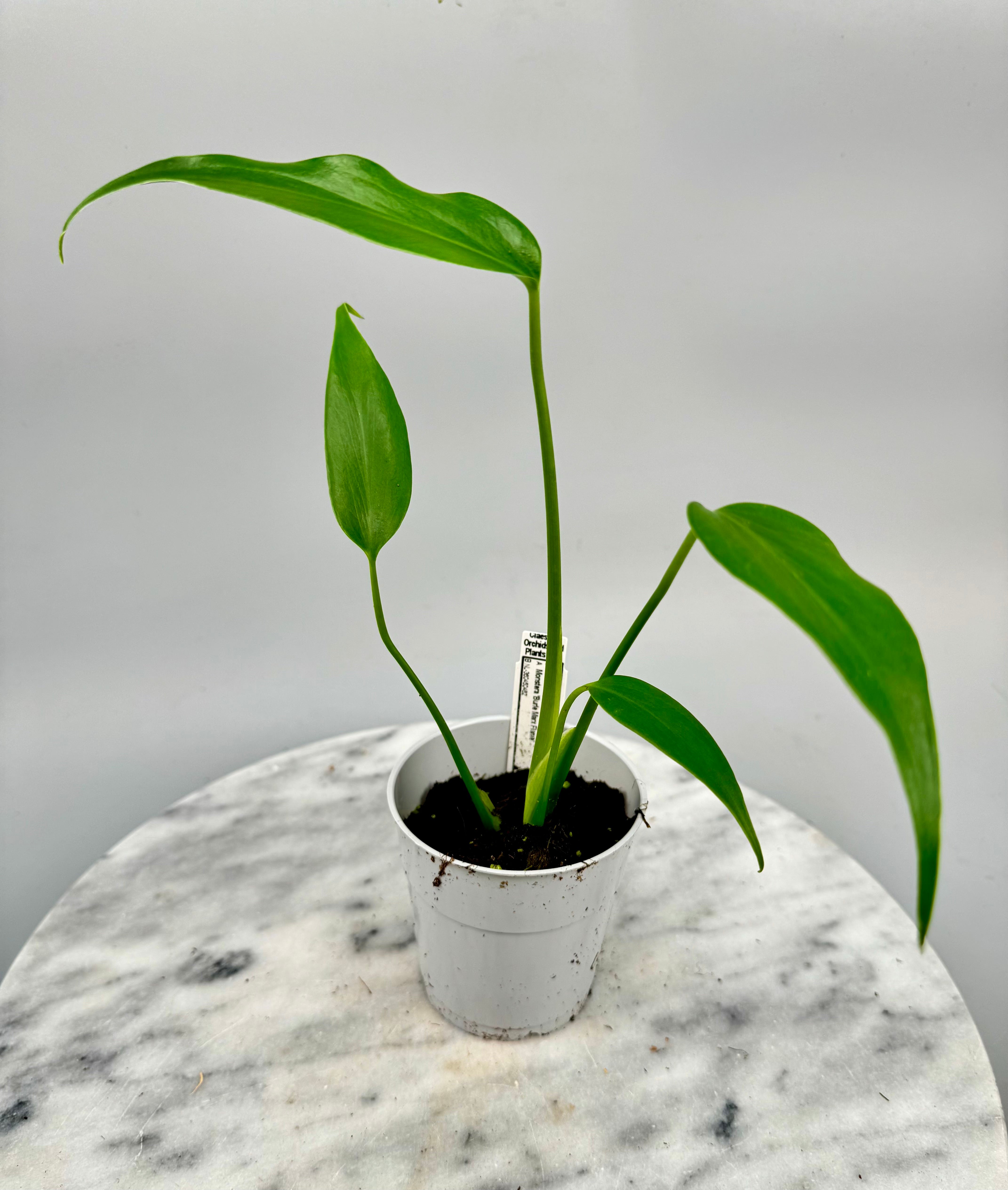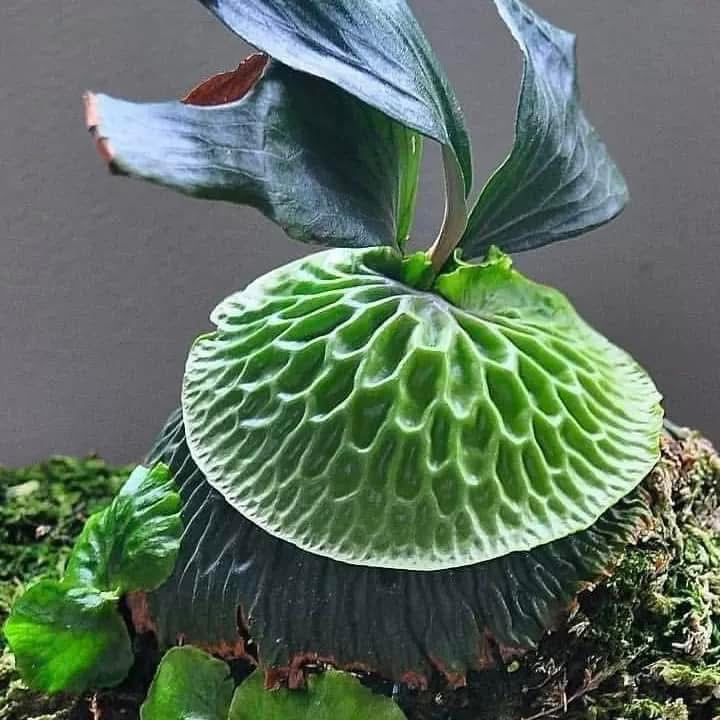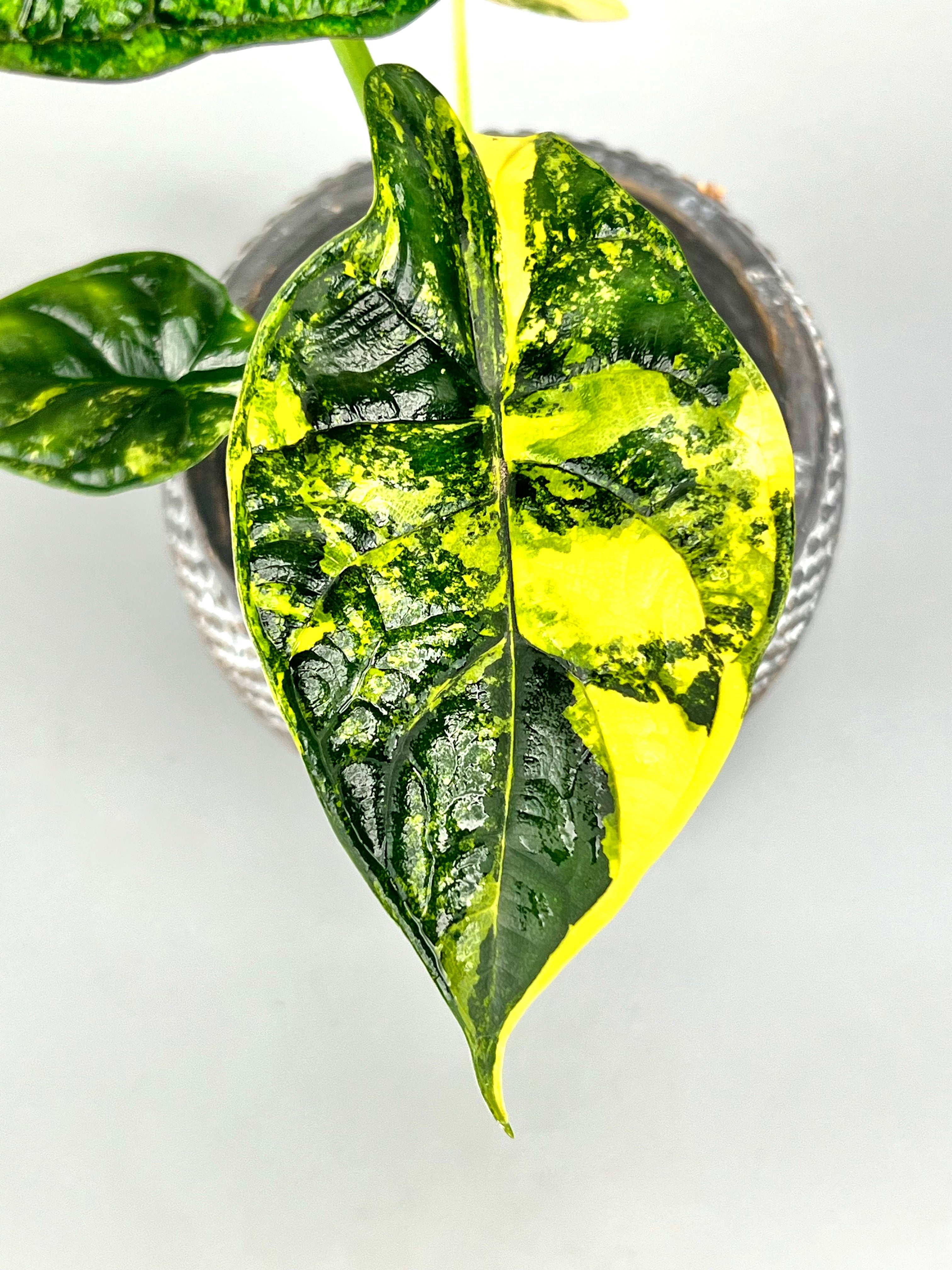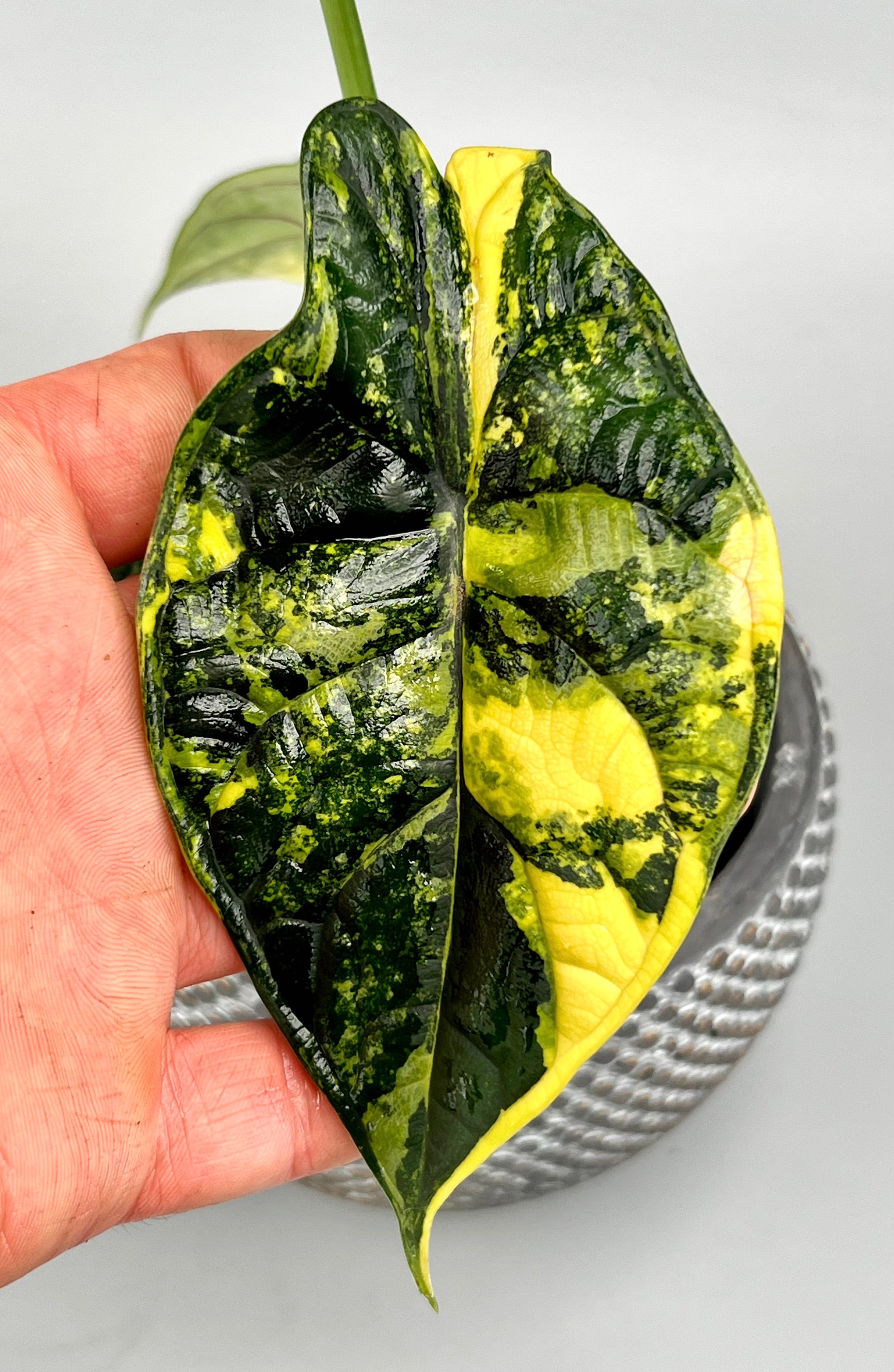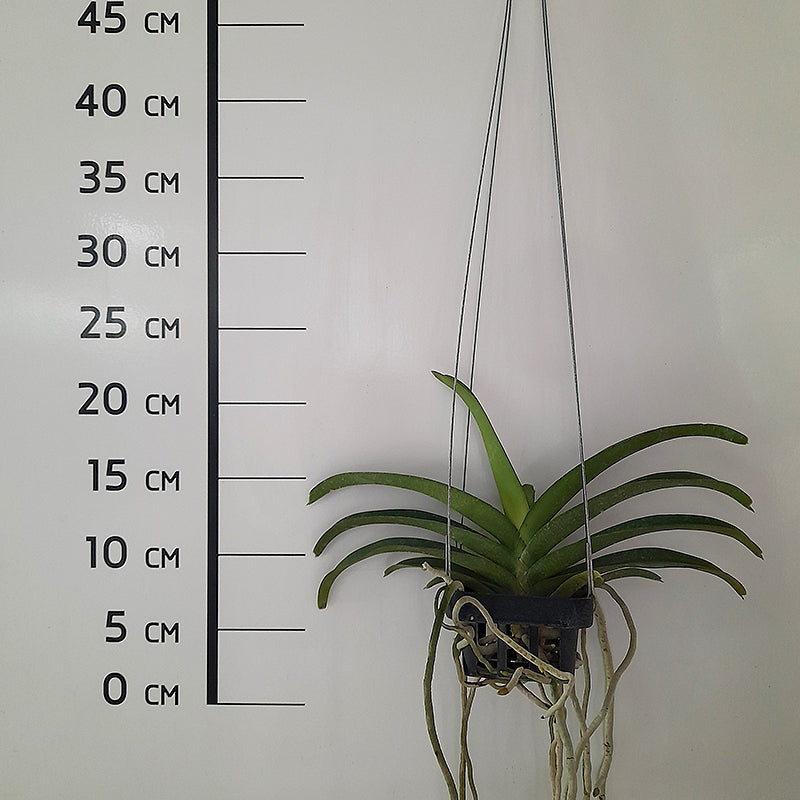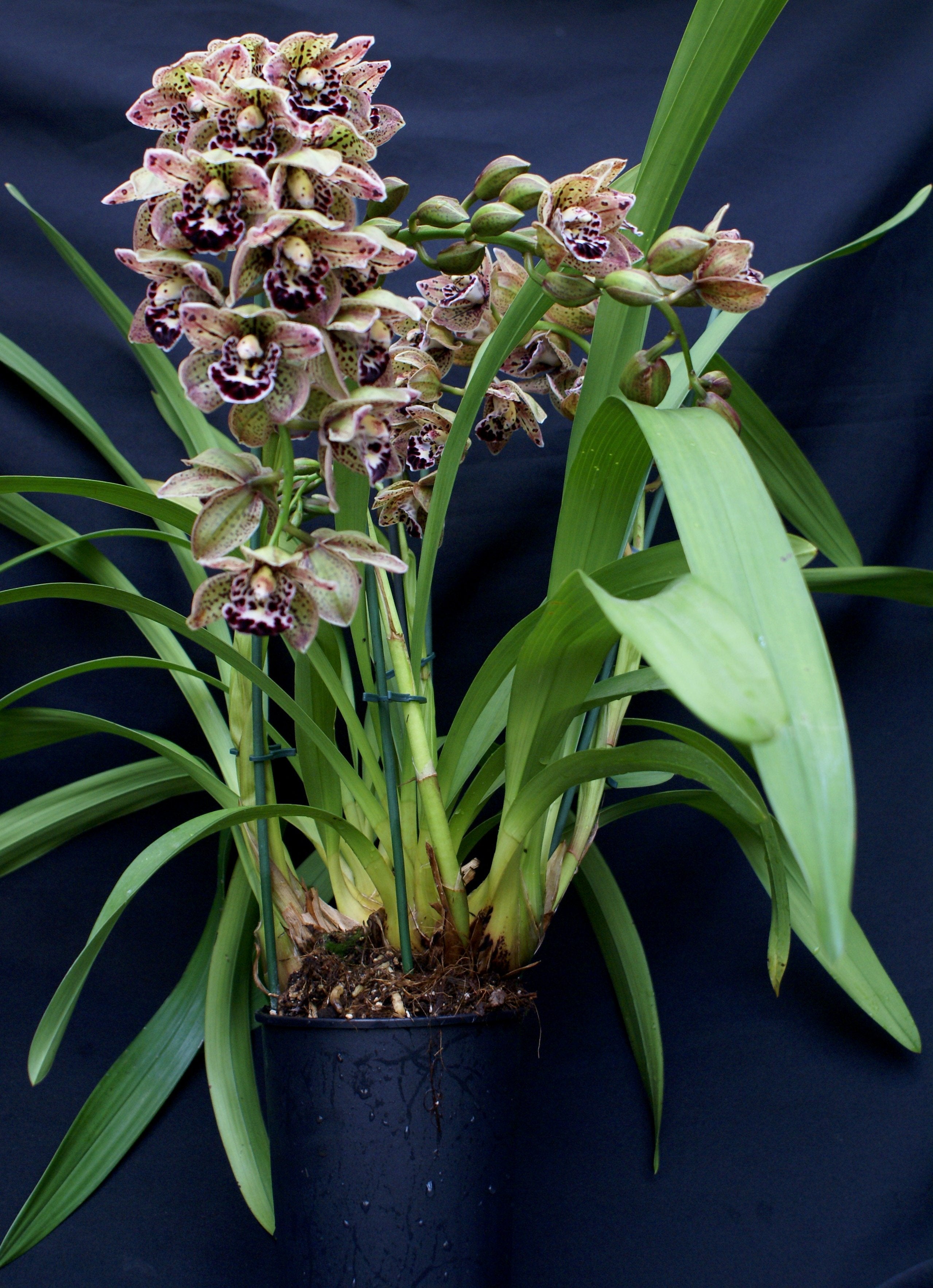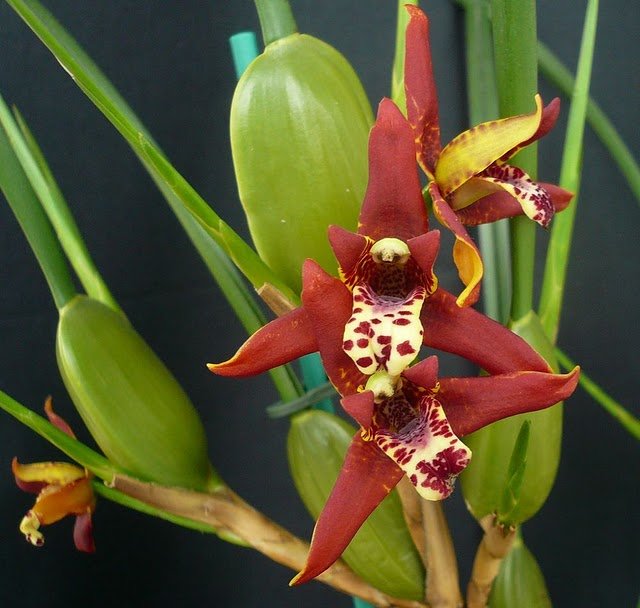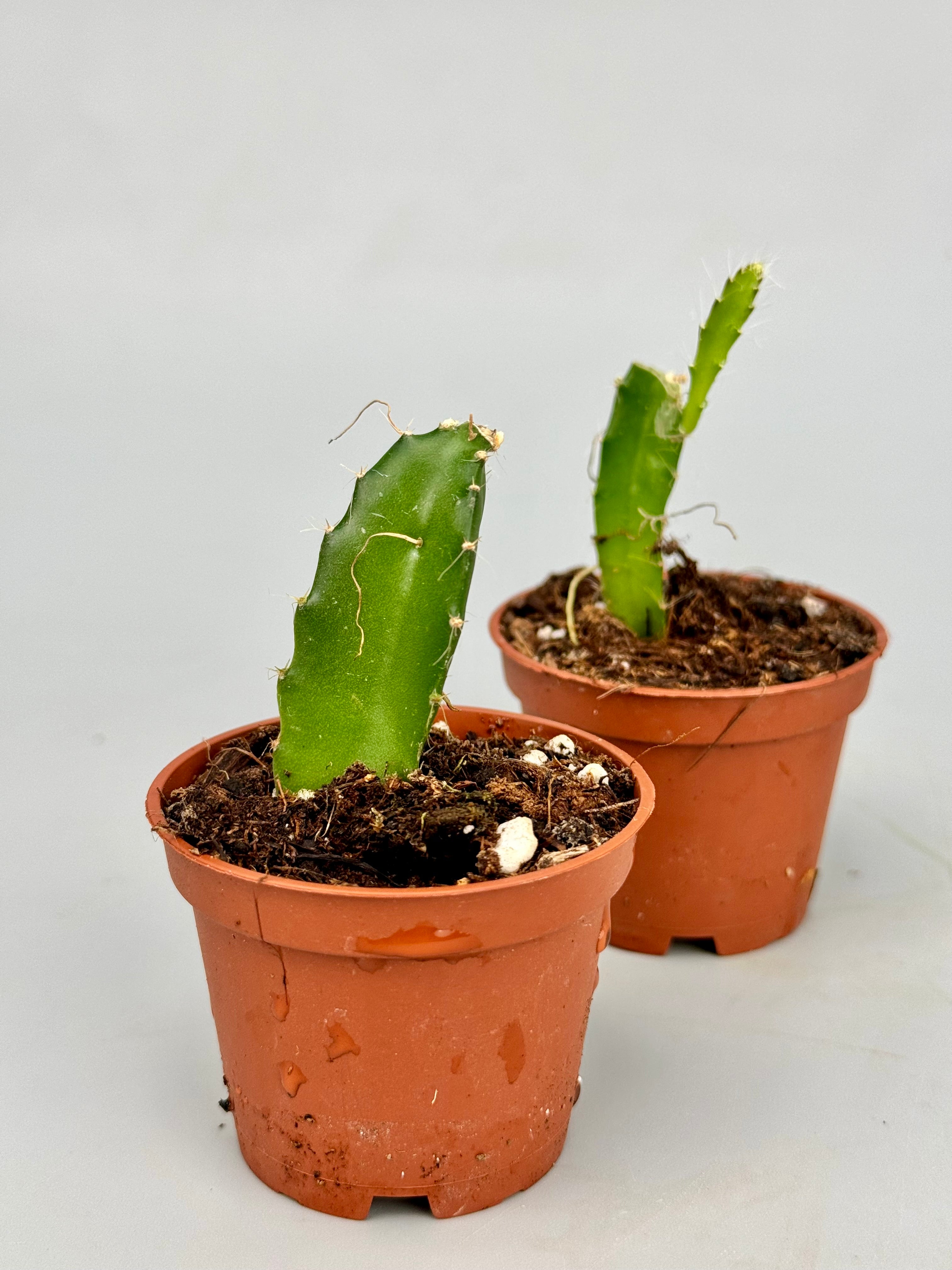Lately we have been seeing more and more confusing reports about the Philodendron polypodioides. This is a breathtaking plant with beautiful, slender leaves with deep inlets. In fact, this graceful houseplant is sometimes referred to as Philodendron tortum and the tortum as this plant. In fact, they are very similar, yet completely different. Both in value and rarity! Want to know more about this extremely rare plant? Then read on soon!
Where does the polypodioides come from?
The Philodendron polypodioides was discovered in 1959 by Jonker-Verhoef&Jonker and the plant was first described in 1966. The plant was described in an expedition, where a number of other species had been misnamed or confused with each other. Thus, they had to be renamed.
What does the Philodendron polypodioides look like?
The distinct Philodendron polypodioides is similar in appearance to the Philodendron tortum, but there are distinct differences if you look closely. For example, the tortum grows much more compactly and less widely than the Philodendron polypodioides. In addition, the polypodioides has flatter leaves and a more feathered leaf, which consists of 3 divided parts.
Extremely rare plant
The Philodendron polypodioides is extremely rare due to its very slow growth. We initially had far fewer plants of this, but started to multiply it slowly by taking cuttings. Growing from seed is in fact not ideal because the plant grows so incredibly slowly. Cuttings are then often the only way to propagate the plant.
Would you rather admire this plant in person? Then feel free to visit the physical store on Friday between 09:30 and 12:30 in Nederweert-Eind!

